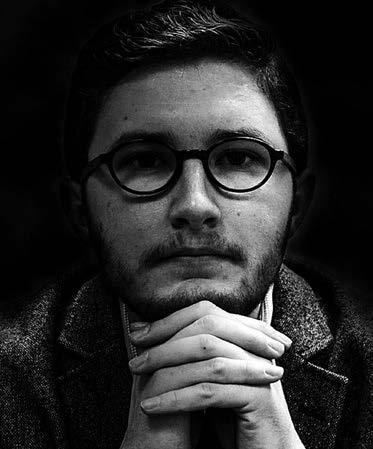By, Jonathon S. Platt
On the morning of May 2, 1963, thousands poured out of 16th Street Baptist Church and onto the streets of Birmingham, Ala. Their goal was to integrate the downtown businesses regardless of segregation laws, Commissioner of Public Safety Eugene “Bull” Connor or his jails.
“The only thing that we did wrong was waiting in the wilderness too long,” a lone voice began.
Then, thousands joined: “Keep your eyes on the prize. Hold on. Hold on.”
Birmingham was such a nasty place in the mid-century its nickname was “Bombing-ham.” It’s said Jesus told a black man to get up, leave his home in Chicago and go to Birmingham. His wife was concerned.
“Is he going with you?” she cried.
“Jesus said he’d go as far as Memphis,” the husband replied.
Despite this, Birmingham is where scales tipped for the civil rights movement. May 2 was important, but May 3 is what actually caused the crescendo.
***
In 1978, sociologist Mark Granovetter argued how crowds escalate to riots. It is not individuals performing the act en masse. Instead, he suggested the actors perform differently as a lot of people than they would alone. Granovetter’s theory revolved on thresholds, or “the number or proportion of others who must make one decision before” someone will follow.
In a crowd of 100 people, a person with a threshold of zero will throw a brick through a window without provocation. Someone with a threshold of one will throw a brick only after seeing someone throw the first brick. A threshold of two requires two people to go before joining. All the way until a threshold of 99 — a person who will only join if everybody else is throwing bricks.
In mid-August of 2014, we saw this unfold in Ferguson, Mo. People gathered in a peaceful vigil for a slain teenager. The group, unfortunately, soon turned into a riot, with destruction, looting and grand arson.
Weeks later, I saw the wreckage firsthand and asked, “How did this happen?”
“I don’t know how it got that out of hand so quickly,” said one resident, who had been in the streets during the riot.
The threshold model had unfolded. One person threw the first brick and, the next thing anyone knew, an entire community was scarred.
This crowd was not made of bad people. It was just made of a lot of people.
***
Malcolm Gladwell says threshold theory is very likely the cause of an increase in school shootings.
Columbine was the tipping point of school shootings, Gladwell said. It was hyped by media and talked about for days on end. Ultimately, it raised the threshold. That increase promoted more “copycat” shooters to follow.
Just like the crowd in Ferguson, shooters are following the expected pattern. Brick after brick is thrown, until the necessary threshold is reached.
There’s another unfortunate social phenomenon growing that directly relates to threshold theory.
Acts of rape on college campus are close to a tipping point. Enough bricks have been thrown and enough news coverage has been dedicated to these despicable acts that it’s now following the expected threshold model.
But does it really just come down to the fact that “enough” bricks have been thrown? Is the growing culture of rape really just a result of threshold theory?
Regardless, and fortunately, evil is not the only outcome crowds can affect.
While crowds can dole out damage in horrible acts of violence, all hope is not lost. Understanding threshold theory allows us to fight “crowds” with crowds.
Here at Baylor, back at home, across the world, if we unite to silence and stop those who commit evil acts, such as rape, social theory dictates we can accomplish that.
If indeed, as the theorists suggest, rapists are the result of thresholds dominoing, I suggest we use that very idea to change the course ahead. I say we change the tides. We should unite a crowd bent on providing healing. We should unite to protect.
If we want to keep from seeing the tipping point of rape culture that Columbine brought to school shootings, we must do something. And we must do it now.
But we need everyone. We need a full threshold of 99 to unite anytime even a single act of rape is committed. The vigils we held were our first bricks. Who’s ready to throw the next?
Individually, we can be heard. Together, we can be effective.
***
Back in Birmingham, on May 3, thousands more gathered. The jails were already full from the day before. What was Bull Connor to do?
Connor chose to sic police dogs on protesters. A photo of high school student Walter Gadsden being attacked by these dogs ran prominently on the front page of the “New York Times.”
That photo and the national emotions it incited caused the tipping point for modern civil rights. Things changed because of that photo. That photo was possible because a crowd came together to stop injustice.
Crowds and the social phenomena that follow can be good. They can also lead to an exponential growth of evil. It all comes down to how we use them.
Baylor, let’s form a crowd that leads to good. A crowd that puts a stop to pain and injustice.
“The only thing that we did right,” goes the song, “was the day we begun to fight. Keep your eyes on the prize. Hold on.”
Jonathon S. Platt is a senior journalism major from Kilgore. He is a guest columnist for the Lariat.



